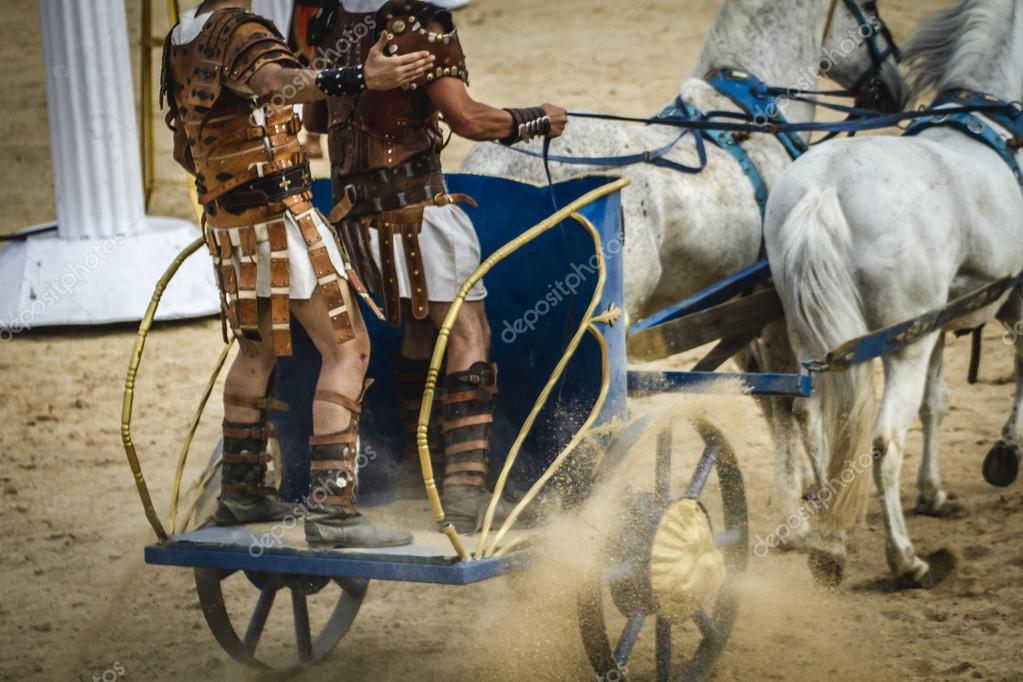

- Ancient roman chariot races drivers#
- Ancient roman chariot races driver#
- Ancient roman chariot races professional#
The winner received palms and crowns as a prize. Each lap was marked with bronze dolphins that were lowered as the laps were finished. The chariots ran counter-clockwise around the track for seven laps. But the real use of chariots in ancient Rome was for racing. Many were caused by tricks from opponents. Most travel in ancient Rome was by cart pulled by oxen, by walking, or by boat.Chariots were used for travel on the Roman roads when there was no need to carry a lot of weight.Chariots were sometimes used by the military. This Slave in Ancient Rome Became the Empire’s Chariot-Racing Superstar By Mindy Weisberger 17 April 2019 Roman relief of a chariot race and spectators, from the Vatican Museums collection.
Ancient roman chariot races driver#
If the chariot crashed the driver had to use a hooked knife to cut the reins. Chariot racing has a long heritage going into the Greek past. The most prestigious chariot races were held in Rome's Circus Maximus but by the 3rd century CE other major cities such as Antioch, Alexandria and Constantinople also had circuses with which to host these spectacular events, which became, if anything, even more popular in the later empire. Most likely originating with pre-Roman funeral games, chariot races quickly became not only a way to honor the dead but also an opportunity to enjoy the breakneck speed and danger of racing, the skill of man and horse, and the company of friends and fellow enthusiasts. The reins were wrapped around the driver's waist so that he could lean back and whip the horses without falling. Few forms of entertainment among the Romans enjoyed the extent of popular devotion or the longevity that chariot racing did.

Ancient roman chariot races drivers#
The drivers wrapped their reins around their bodies and took off. The gates were opened simultaneously after the magistrate gave the signal. Each chariot was pulled by two to four horses.Īt the Circus Maximus twelve starting boxes were available. A reconstruction of the Circus Maximus at Rome, which stood between the Palatine. One to three chariots ran for each faction. Rounding the meta at a chariot race in Rome. Roman chariot racing had the largest crowds, and existed for a long span of time (Kyle 292). In ancient Rome, the circus was a very popular competitive event where such curses existed. Each faction was identified by the color tunic the charioteer wore: Greens, Blues, Reds, and Whites. Imagine someone wanting to win a competition so much they would curse an opponent or animal to gain the advantage in the event.
Ancient roman chariot races professional#
Professional charioteers were hired by the factions. The people attending the races bet on the factions not on the horses.

The factions owned horse ranches and organized bets. The races were run by groups called factions. The chariot races were a popular form of entertainment.


 0 kommentar(er)
0 kommentar(er)
